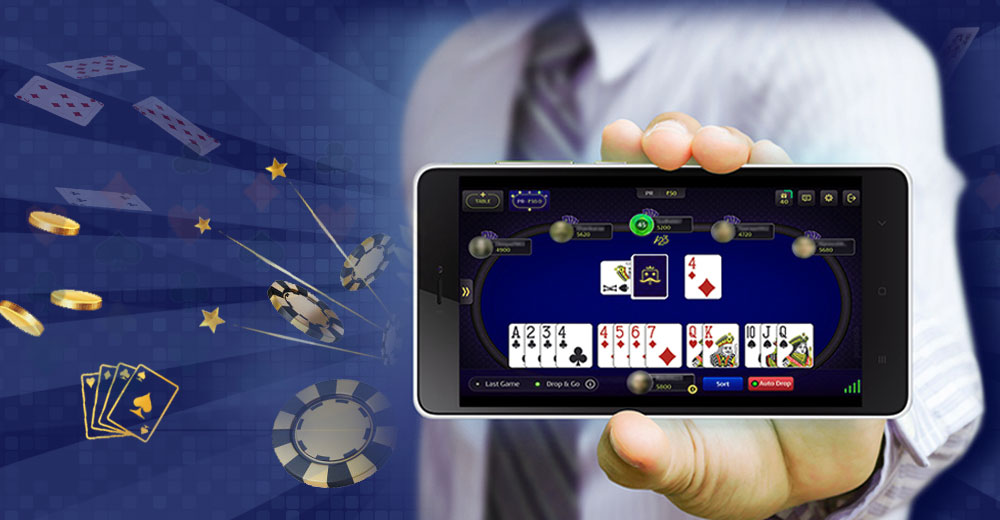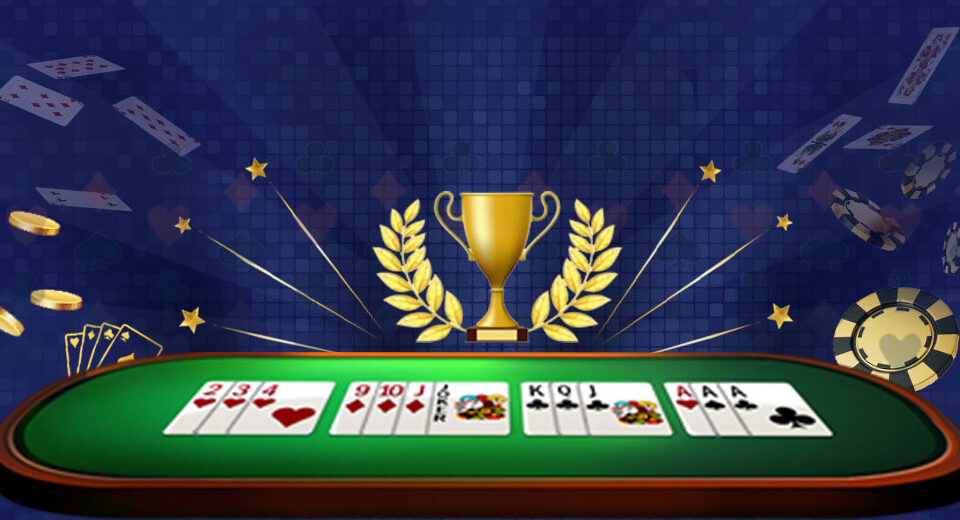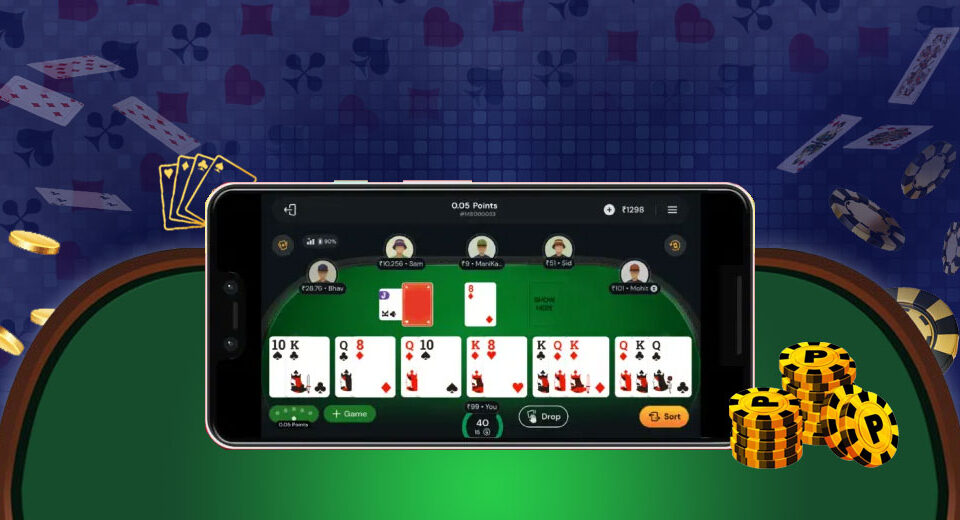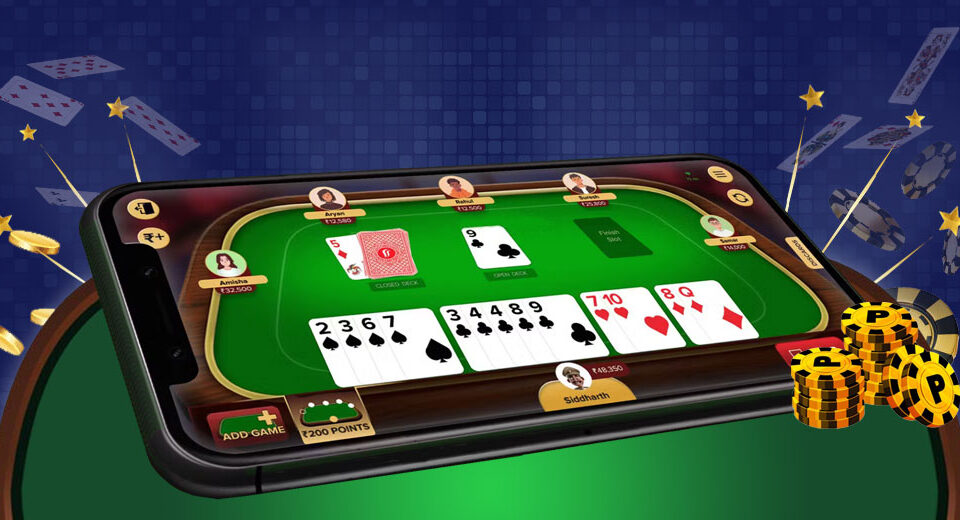The Role of Probability in IndianRummy: How to Make Smart Moves
IndianRummy is a captivating card game that involves logic, analysis, and well-calculated decision-making. At its core, it is a game where players must assess situations, evaluate outcomes, and act with precision. One of the most underrated elements in rummy is the concept of probability. While many players focus on basic rules and visible cards, understanding probability helps you anticipate possibilities and make better moves.
This article delves into how probability plays a significant role in shaping your game and how mastering this concept can give you a strategic advantage. From predicting card availability to estimating combinations, probability enhances your gameplay and helps you think several steps ahead.
1. Understanding the Probability of Drawing Desired Cards
In IndianRummy, players constantly aim to form valid sequences and sets. But how likely are you to draw the specific card you need? This is where probability comes into play. By observing the discarded pile and estimating which cards are still in play, you can determine the likelihood of drawing a useful card.
If a particular card has already appeared multiple times, the chances of drawing it again reduce. Analyzing the remaining cards allows you to make more informed decisions rather than relying solely on intuition.
2. Probability Helps in Calculating Risk Before Discarding
Discarding cards is a crucial part of the game. But before you discard a high-value or mid-sequence card, ask yourself - what are the odds that your opponent might pick it up? Understanding the probability of your opponent needing that card can influence your discard strategy.
For example, if your opponent recently picked a card close in value or suit, there’s a higher probability they might need the one you're about to discard. Being mindful of such calculations can prevent you from unintentionally helping your opponent.
3. Using Probability to Decide Between Forming a Set or Sequence
Sometimes, players are unsure whether to build a sequence or a set. The choice can be made easier with a probability-based approach. If you already have two cards of the same suit in a natural sequence, and most cards in that suit haven’t been discarded yet, it’s statistically smarter to wait for the third card of the sequence.
On the other hand, if several cards of the same number but different suits have been seen, forming a set might be more feasible. Understanding the likelihood of card availability helps in making better structural decisions for your hand.
4. Anticipating Opponent Moves Based on Card Flow
Rummy is as much about your opponent’s strategy as it is about yours. By combining observation with probability analysis, you can start predicting what your opponent is aiming for. If certain cards are consistently avoided, there’s a probability they are not useful to your opponent’s combinations.
Similarly, if they continue picking certain sequences, it may signal their direction. Analyzing the patterns helps you estimate their probable moves and adjust your strategy accordingly.
5. Probability in Joker Utilization Strategy
Jokers are critical in rummy games and how you use them can determine the outcome of a game. Understanding probability helps you assess whether to use a Joker now or save it for a potentially stronger combination later. If the probability of drawing a required natural card is low, then using a Joker immediately makes sense.
Conversely, if your analysis suggests the card might still appear, holding the Joker could offer greater value. Smart usage depends on evaluating all options and predicting the likely flow of the game.
6. Reducing Point Load Based on Probable Outcomes
Reducing your total points is essential, especially when a quick declaration seems possible by an opponent. Based on probability, you can assess which cards are least likely to help you in forming combinations. Such cards should be discarded early to minimize your score in case the game ends suddenly.
A probability-driven approach ensures that every discard is not just strategic but also safety-oriented, helping you maintain a low point burden while waiting for the right card combinations.
Conclusion
Mastering probability in IndianRummy can transform your approach and elevate your gameplay. By analyzing card flow, anticipating outcomes, and making decisions based on likelihood rather than assumption, you gain a sharper edge and more control over your strategy.
It's not just about what cards you get - it's about how intelligently you use them. Incorporating probability-based thinking makes your game more thoughtful, precise, and rewarding, all while staying disciplined and balanced in your approach.




